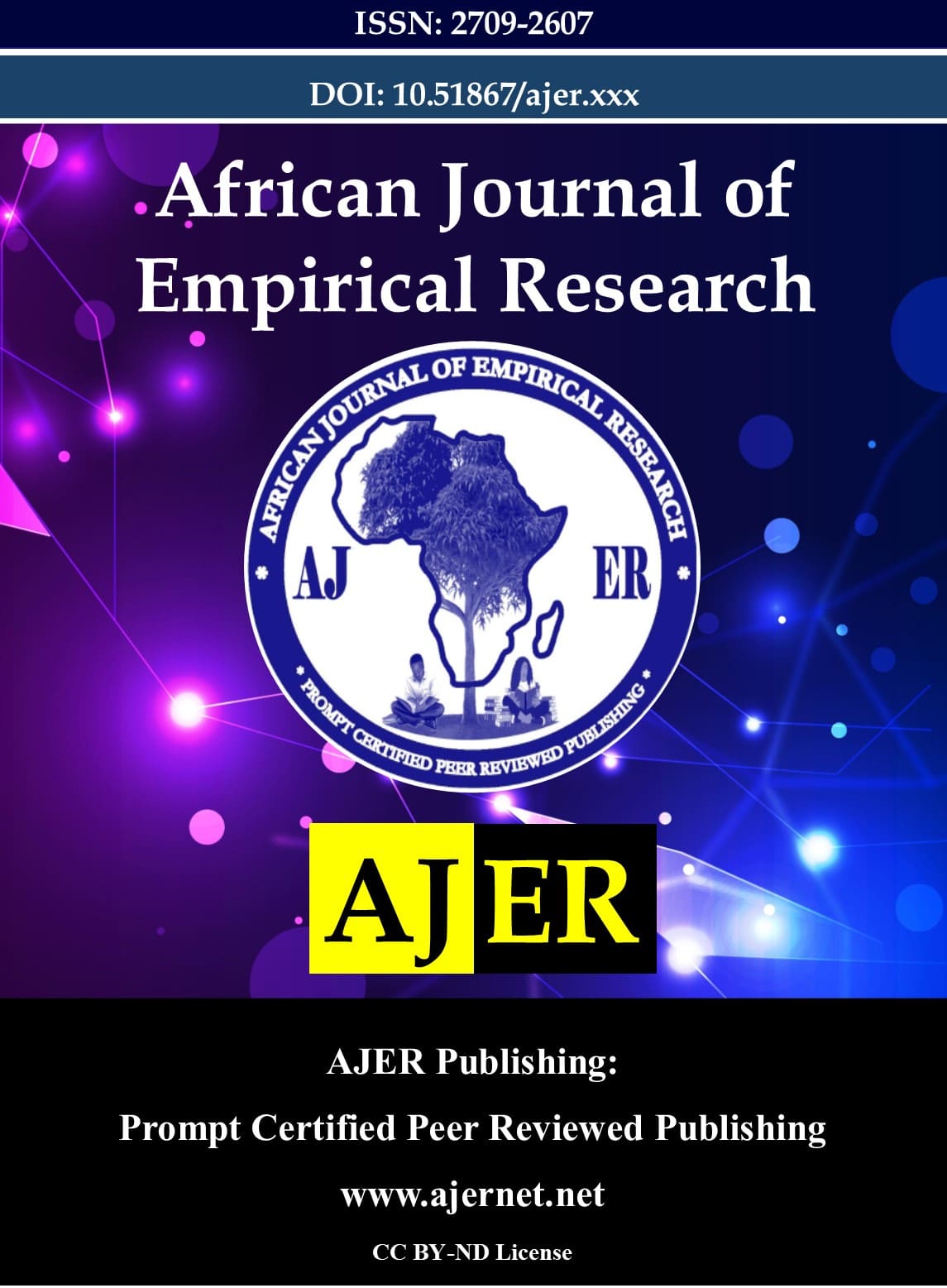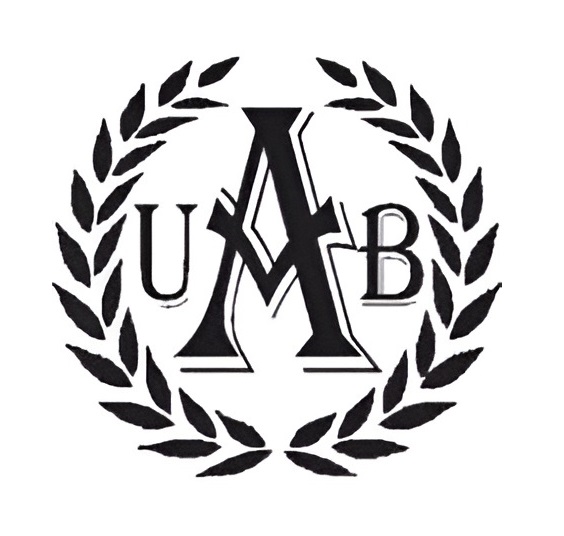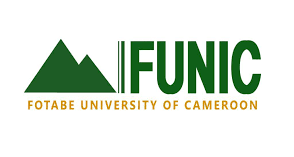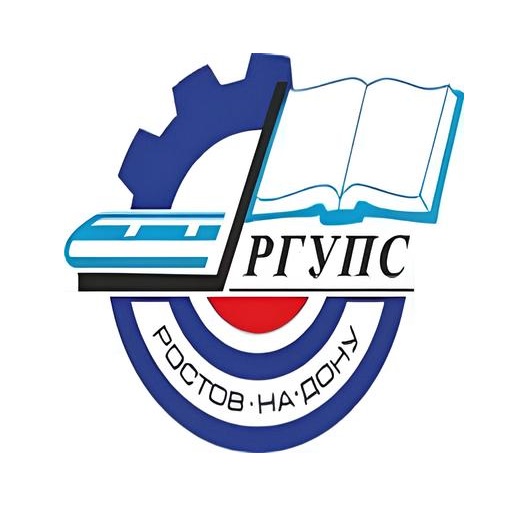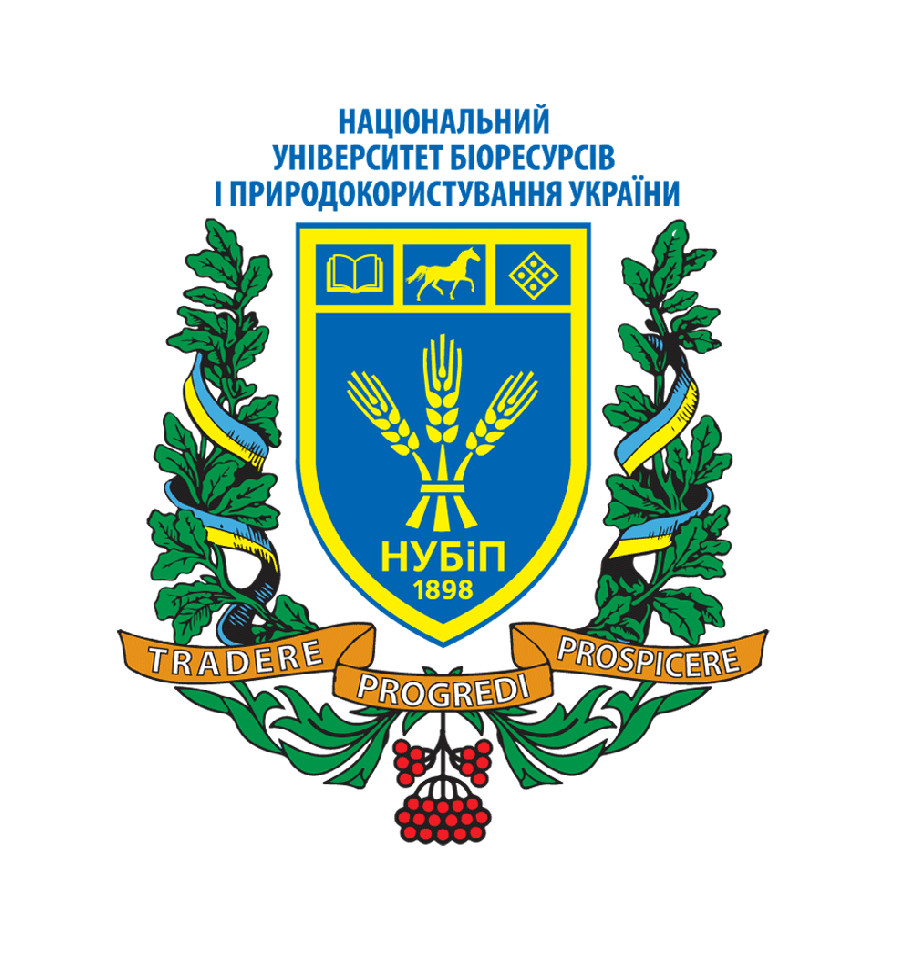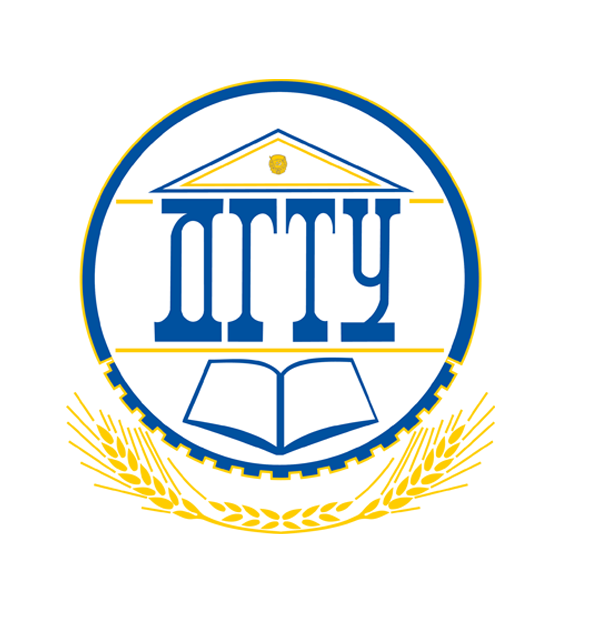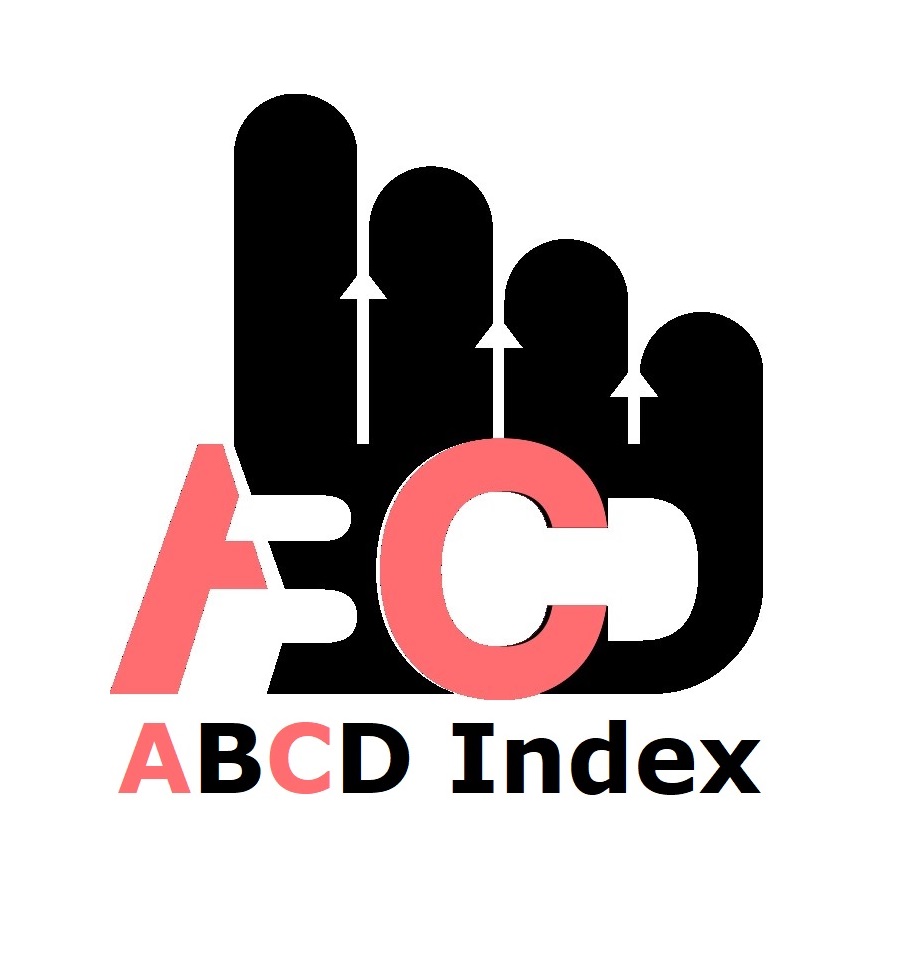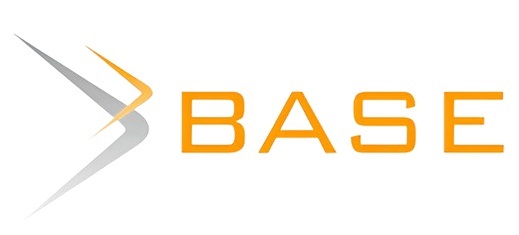Influence of computer programs on learning outcomes of learners with disabilities in public comprehensive schools in Saboti Sub-County, Kenya
Keywords:
Computer Programs, Inclusive Education, Kenya, Learning Outcomes, Learners with DisabilitiesAbstract
This study investigated the influence of computer programs on the learning outcomes of learners with disabilities in public comprehensive schools in Saboti Sub-County, Kenya. The study was directed by the Universal Design for Learning (UDL) framework, which emphasises the importance of offering various methods for learners to engage, access information, and illustrate understanding to meet their diverse needs. A descriptive research design was utilised to carry out the study. The study involved 1,509 individuals from 13 public comprehensive schools in Saboti Sub-County. According to the Krejcie and Morgan Table, a sample size of 310 respondents was identified as adequate. A total of 297 learners with disabilities were selected from this sample through a stratified random sampling, while 13 heads of institutions were included purposefully. Data were collected using structured questionnaires administered to learners with disabilities, and interviews were carried out with the heads of institutions. Descriptive statistics and the chi-square test were employed for the quantitative responses, whereas the qualitative responses were analysed in order to identify prevalent themes. The findings indicated learners with disabilities experienced advantages from computer programs like Access to Math, Live Scribe, and Big Calc. A significant number of learners with disabilities indicated that these tools enhanced their comprehension of the material, and a clear correlation was observed between the utilisation of the programs and improved learning outcomes. The findings indicate that computer programs can significantly enhance learning outcomes; however, it is essential for educators to receive proper training and for educational institutions to upgrade their ICT infrastructure in order to effectively utilise these tools.
Published
How to Cite
Issue
Section
Copyright (c) 2025 Peter Njofu Namasaka, Ronald Werunga Kikechi

This work is licensed under a Creative Commons Attribution-NonCommercial 4.0 International License.
Most read articles by the same author(s)
- Naomi Khakayi Magwaga, Ronald Werunga Kikechi, Physical Facility Availability and Students’ Academic Performance in Public Secondary Schools in Trans Nzoia East Sub-County, Kenya , African Journal of Empirical Research: Vol. 5 No. 4 (2024): Oct-Dec 2024
- Lorraine Khavetsa Ingosi, Silas Chepkwony, Ronald Werunga Kikechi, Parental Provision of Academic Tools and Pupils’ Academic Achievement in Public Secondary Schools in Navakholo Sub-County, Kenya , African Journal of Empirical Research: Vol. 5 No. 3 (2024): Jul-Sep 2024
- Saida Shiundu, Dr. Ronald Werunga Kikechi, Delayed Speech Development and Academic Performance of Autistic Learners in Special Schools in Bungoma County, Kenya , African Journal of Empirical Research: Vol. 5 No. 3 (2024): Jul-Sep 2024
- Sellah Atieno Mutsoli, Dr. Ronald Werunga Kikechi, Effect of Teaching Strategies on Academic Performance of Learners with Special Needs in All Public Primary Schools in Emuhaya Sub-County, Vihiga County, Kenya , African Journal of Empirical Research: Vol. 5 No. 3 (2024): Jul-Sep 2024
- Alice Aloosi Simiyu, Dr. Ronald Werunga Kikechi, Influence of Teacher Characteristics on the Implementation of Inclusive Education in Public Primary Schools in Bumula Sub-County, Kenya , African Journal of Empirical Research: Vol. 5 No. 3 (2024): Jul-Sep 2024

